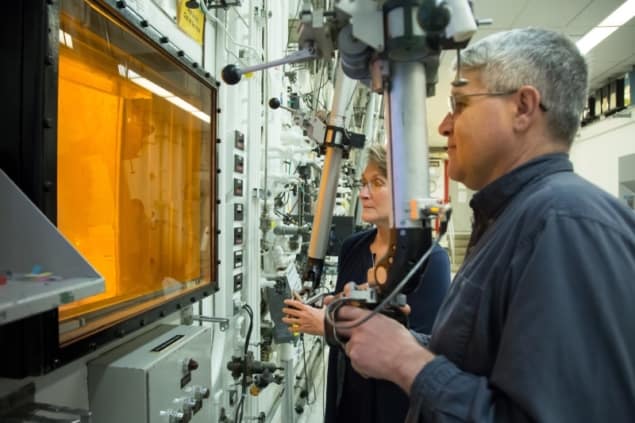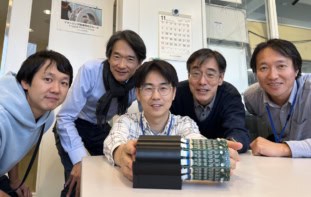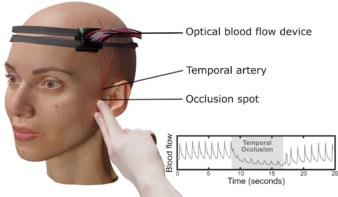
Oak Ridge National Laboratory is now producing the radioisotope actinium-227 (227Ac), to meet projected demand for the prostate cancer drug Xofigo (radium-223 dichloride). Production is enabled through a 10-year contract between the US DOE Isotope Program and German pharmaceutical and life sciences company Bayer.
Xofigo is used to treat prostate cancer that has spread to the bone but not elsewhere, and which no longer responds to hormonal or surgical treatment to lower testosterone. The drug’s active ingredient, radium-223 (223Ra), is currently derived from global supplies of existing 227Ac. After FDA approval of Xofigo in 2013, it was clear that an alternative source of 227Ac was needed. Indeed, the drug is now approved in 52 countries worldwide.
“We are excited to enter this partnership with Bayer to ensure prostate cancer patients have a reliable supply of this drug,” says Jehanne Gillo, director of the facilities and project management division for the DOE Office of Science for Nuclear Physics. “This is a great example of the public and private sectors working together to address a vital need that affects tens of thousands of lives each year.”
The new 227Ac production process begins with recovering radium-226 (226Ra) from legacy medical devices secured by the DOE Isotope Program (which produces high priority isotopes in short supply) and diverted from a radioactive waste landfill. After recovery and extensive purification, the 226Ra feedstock – which is fabricated into small targets – is irradiated in the High Flux Isotope Reactor.
After irradiation, technologists dissolve the targets and chemically separate and purify the 227Ac that was generated during irradiation. The 227Ac is then packaged in a cask and shipped to Bayer in Norway. Bayer’s team periodically extracts 223Ra, which is created from the 227Ac via radioactive decay processes, and ships it around the world for immediate use as a cancer therapy.
“Bayer made it clear that the company needed to expand its current supply of 227Ac to meet the increasing demand for Xofigo,” says Saed Mirzadeh, the project’s principal investigator. “Development and demonstration of our new production capability was a very rigorous process to ensure nuclear safety and product quality. Everyone worked very hard to ensure that our deadlines were met safely. We all felt that it was an honour to work on a project that will make a difference in the lives of so many people.”



